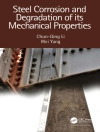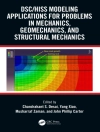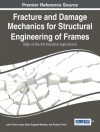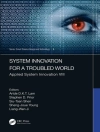The key social issues of health, medicine, the environment, food and safety cannot be addressed without the support of chemical sensors and biosensors, whose performance is constantly improving in terms of reliability and cost, particularly in the production of autonomous devices connected to the Internet. Obtaining high-intensity transduction signals arising from the interaction of an analyte and a sensor, enabling the identification and dosage of a given compound, requires the selection of suitable physical measurement methods and the creation of structures that react specifically to different types of analyte. Nanotechnologies and Nanomaterials Applied to Chemical Sensors and Biosensors details recent advances in the field of sensor design using carbon-based nanomaterials (graphene, carbon nanotubes, carbon quantum dots, etc.) and inorganic nanomaterials (metallic nanoparticles, nanocrystals, transition metal dichalcogenides, etc.), as well as a variety of physical sensing methods (electrochemical, piezoelectric, electromagnetic, optic, optoelectronic, etc.).
Pierre Camille Lacaze & Jean-Christophe Lacroix
Nanotechnologies and Nanomaterials Applied to Chemical Sensors and Biosensors [PDF ebook]
Applications to the Environment, Medicine and Health
Nanotechnologies and Nanomaterials Applied to Chemical Sensors and Biosensors [PDF ebook]
Applications to the Environment, Medicine and Health
Dieses Ebook kaufen – und ein weitere GRATIS erhalten!
Sprache Englisch ● Format PDF ● ISBN 9781394317196 ● Verlag Wiley ● Erscheinungsjahr 2024 ● herunterladbar 3 mal ● Währung EUR ● ID 9628325 ● Kopierschutz Adobe DRM
erfordert DRM-fähige Lesetechnologie












